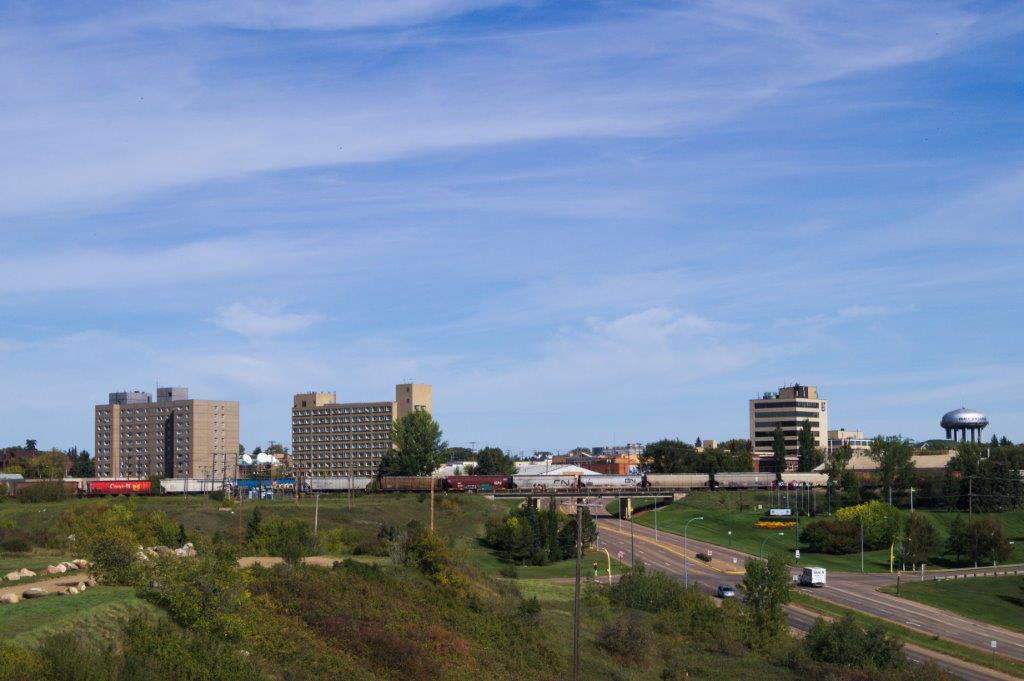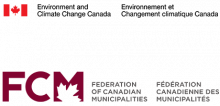The City of North Battleford is a regional service centre for Northwest Saskatchewan, with a population of 13,567. The City has a hospital, school, shopping and recreation, and has a range of assets to consider, some of which are nearing the end of their life cycle. Since its launch in 2017, the Municipal Asset Management Program (MAMP) has played an important role in advancing asset management in Saskatchewan, with over 400 municipalities in the province participating in asset management training activities offered by the program’s partner organizations. North Battleford, with a staff of 130, has been an early pioneer, aided, in part, through an initiative offered by Asset Management Saskatchewan and NAMS Canada, and funded through MAMP.
Highlights
- 15 people trained in asset management
- Corporate asset management committee established
- Asset management policy adopted
- One full-time asset management coordinator hired and trained, with plans to expand in the future
- Financial and non-financial changes made to operations and maintenance as a result of asset management work
- Strong support from staff for embracing asset management principles and practices

The clock tower located in North Battleford’s Central Park, in front of the library. Photo courtesy of the City of North Battleford.
The challenge
Corporate memory and culture change
Like other municipalities in Saskatchewan, North Battleford was sending one or two people at a time for asset management training. When those individuals moved on, corporate knowledge and momentum were lost. This challenge came to a head in 2018 when the city lost several key staff members at once and recognized the need for a more long-term and sustainable culture change.
Capital planning and levels of service
Council has struggled with a lack of clarity around how capital planning was impacting each year’s budget, how far ahead the municipality was forecasting, and what its actual needs were as a community. To better communicate with citizens about levels of service, councillors wanted a deeper understanding of all the associated costs, including the cost of sustaining the city’s existing and future assets.
"The city took a ‘building the house’ approach: the foundation is only as strong as the number of pillars supporting it. We put a large number of pillars in our foundation for asset management."
– Steve Brown, Director of Finance
The solution/approach
Municipal assessment
In a leap forward to anchor in a culture shift and strengthen corporate capacity for asset management, North Battleford took the initiative in April 2019 to send a cross-functional team of 13 staff and two elected officials for NAMS Canada training, offered by Asset Management Saskatchewan. After this training, which introduced them to asset management and walked them through how to develop an asset management plan, staff and council immediately began incorporating what they learned into the way the city does business. One of the first steps was to evaluate the city on FCM’s Asset Management Readiness Scale. This provided clarity that helped get council buy-in and bring staff up to speed. Council and staff then began discussing the levels of service currently being provided and identifying the more costly levels of service.
Dedicated asset management staff
The city hired a full-time asset management coordinator in summer 2019, who completed the NAMS Canada professional certificate training with funding from FCM. A new corporate asset management committee now guides present and future asset management processes within the city. The committee includes department representatives, front-line staff and representation from the RCMP and fire services.
Staff are developing asset management plans for one group of assets at a time. Asset management discussions are now part of the regular public council meetings. At the city’s monthly planning meetings, council considers the draft asset management plans. When making decisions, they focus on ensuring that levels of service are appropriate, affordable and managed efficiently.
Ongoing collaboration
North Battleford’s foray into asset management is not just an accounting or engineering exercise, says Director of Finance Steve Brown. It involves collaboration at all levels. The city is involving front-line staff in the process in a two-way exchange—to learn from them about the assets and also to educate them on asset management. For its first asset management plan, on grass (which focused on the city’s green spaces) the city consulted the grass maintenance crew as part of an “eye-opening” inventory and cost analysis that caught a number of inefficiencies.
The city next turned its lens to the waste management system, and realized they could defer the need for an expensive new landfill cell (originally forecast for 2026) by increasing waste diversion.
The next asset group to be tackled will be the two water treatment plants, which are about 80 years old.
In 2020, the city adopted an asset management policy. It is currently finalizing its asset management plan, which has three core areas: building capacity and developing resources internally; gathering data; and communication.
"We are focusing on building small—not revolutionizing the entire organization overnight. We will grow through small wins as we build capacity."
– Steve Brown, Director of Finance

An eastward view of the North Battleford’s skyline. Photo courtesy of the City of North Battleford.
Lessons learned
- Don’t try to do this “off the side of your desk” in addition to other work. Allocate resources in order to integrate asset management into your organization’s way of working.
- Create a cross-functional team to get multiple perspectives and build leadership and communication on asset management across the municipality.
- Don’t reinvent the wheel. Take advantage of the tools by putting staff through training, talking to other communities and taking advantage of available resources.
- Recognize that changing corporate culture will take time. Introducing asset management is not like flipping a switch. While it may seem simple and obvious at first, developing the processes and systems will take many years.
Next steps
A major focus for the municipality in 2020 will be to build capacity throughout the rest of the organization. The city will continue taking advantage of the training opportunities offered through FCM, and also plans to develop an internal training program that provides 1–2 hours of training for every staff member.
The city plans to adapt its 2019 annual reports to include a scorecard based on FCM’s Asset Management Readiness Scale, to track its evolving asset management readiness. This analysis will be included in the city’s strategic plans going forward.
To communicate to the public about asset management, Mayor Ryan Bater will make presentations at the Chamber of Commerce, the Rotary Club and the State of the City address. “We want the community to understand what this is and why it’s important, and to make it relevant to specific systems within the city,” says Mayor Bater.
Contact
Steve Brown
Director of Finance
T: 306-445-1700
Related resources
- Find North Battleford’s 2019 Annual Report on their website, once published
